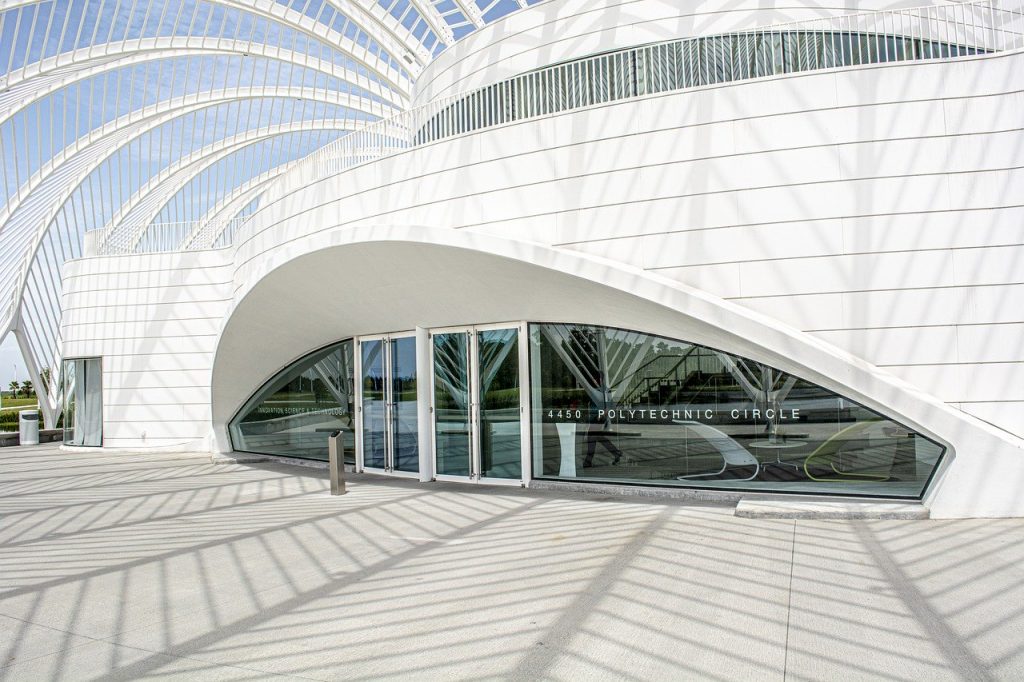As a business owner, you must operate from premises that are safe and accessible to your team and all visitors. The sad truth is that some company leaders seldom conduct thorough accessibility reviews of their premises.
Accessibility in specific workplaces is inherently limited. But, for the majority of corporate premises, there’s no excuse not to make all areas accessible to everyone. With that in mind, here are five inspirational ways you can improve the accessibility at your business premises:
1. Entrances and Exits
When you work out how accessible your business premises are to staff and visitors, it makes sense to start with entrances and exits. If you have people trying to enter and exit the building in a wheelchair, is it easy for them to do so?
It makes sense to start by installing wheelchair-friendly ramps and access paths outside your building’s entrances and exits. Once that’s been sorted, the next step is to check door accessibility.
If you’ve only got standard manually-operated doors, it makes sense to work with an NDIS assistive technology provider. You’ll then end up with entrance and exit doorways that are accessible to everyone.
2. Internal step-free access
Next, you’ll need to determine how easy it would be for people to travel between rooms, offices, and floors at your premises. Do employees and visitors need to use stairs? If so, investing in step-free access ramps or lifts is a good idea.
Also, each internal doorway should be wide enough to accommodate wheelchair users and be easy to open.
3. Toilet facilities
If someone that is mobility-impaired works or visits your business, they’ll likely need to use your toilet facilities at some stage in the day. Have you made your toilets accessible to everyone?
In most cases, it’s not difficult to convert one toilet cubicle for access by wheelchair users. Alternatively, you could create a new disabled toilet in a room that is separate to your existing cubicles.
4. Lifts
Do your premises have lifts for people to access different floors? If so, they’ll already most likely be accessible to people in wheelchairs. The only things you need to confirm are:
- Lift call buttons are fitted at low levels to accommodate wheelchair users;
- Floor selection buttons and handrails are fitted at low levels.
Most commercial lifts are big enough to accommodate several people simultaneously using them. If your lifts can only carry a couple of people, it’s worth looking at upgrading to bigger, more modern units.
5. Gangways and Pathways
Whether you’re working somewhere or visiting the premises, you’ll need to travel in gangways and pathways. Is there enough space in those common areas for people using wheelchairs or walking frames?
The last thing people with mobility issues want to do is encounter gangways and pathways that are a tight squeeze. It makes sense to reorganise offices and workspaces so there’s plenty of space available to everyone that accesses them.






